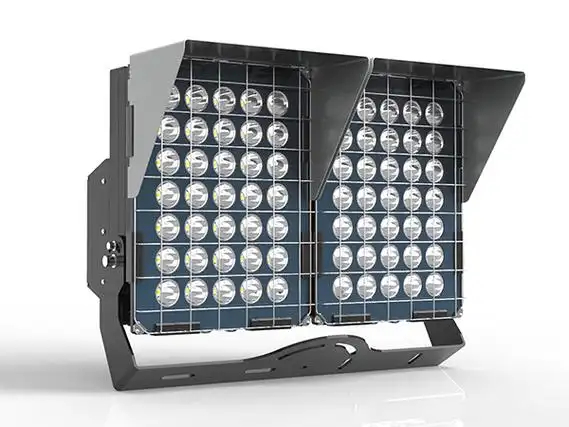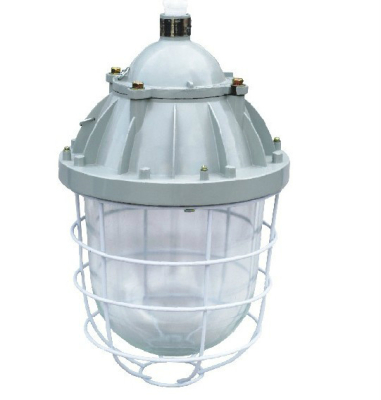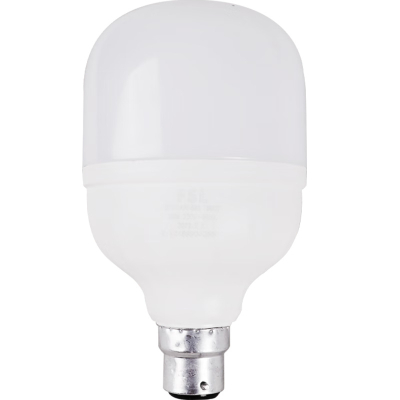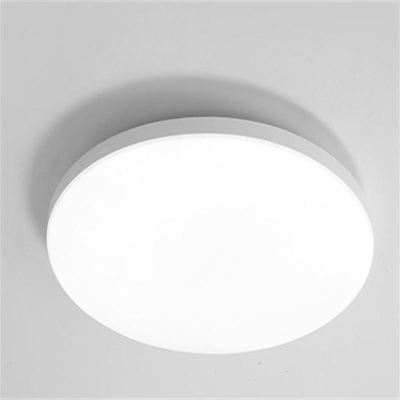LED Sports Lighting
LED sports lighting is a specialized lighting solution designed to meet the unique demands of sports facilities and events. It utilizes light - emitting diode (LED) technology to provide illumination that is crucial for athletes' performance, spectators' viewing experience, and media broadcasting.
LED sports lighting is a specialized lighting solution designed to meet the unique demands of sports facilities and events. It utilizes light - emitting diode (LED) technology to provide illumination that is crucial for athletes' performance, spectators' viewing experience, and media broadcasting.
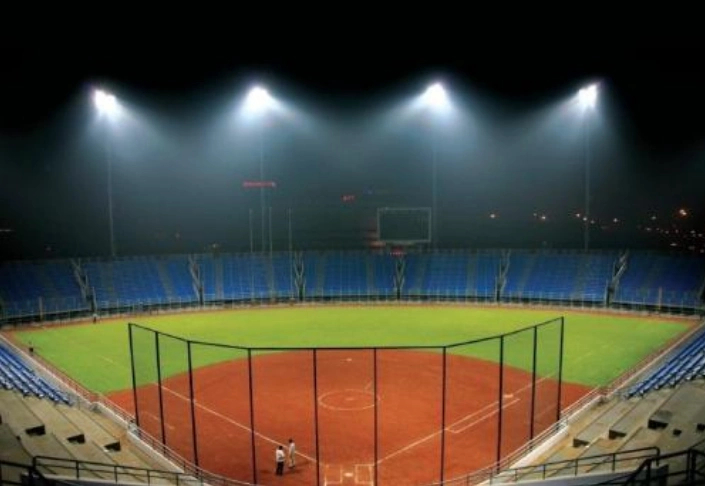
LED chips are the heart of the lighting system. These are semiconductor devices that emit light when an electric current passes through them. In sports lighting, high - power LED chips are commonly used. The luminosity of these chips is measured in lumens. High - quality LED chips can have a high lumen output per watt, which means they are energy - efficient. For example, a typical high - power LED chip used in sports lighting might have a lumen output of 100 - 200 lumens per watt. The color of the light emitted can be adjusted during the manufacturing process by using different semiconductor materials or by adding phosphor coatings. This allows for a wide range of color temperatures, from warm - white (around 3000K) to cool - white (around 6000K).
Optical lenses and reflectors play a vital role in shaping and directing the light. Lenses are used to focus or spread the light beam as needed. For instance, in a stadium floodlight, a convex lens might be used to spread the light over a large area such as a football field. Reflectors, usually made of materials like polished aluminum, are designed to bounce the light in a specific direction. They can be parabolic or elliptical in shape. The combination of lenses and reflectors helps to achieve the desired beam angle and light distribution pattern. For a tennis court, the beam angle might be adjusted to provide even illumination across the court surface without causing glare to the players.
Heat management is crucial for LED sports lighting because LEDs are sensitive to temperature. Excessive heat can reduce the lifespan and performance of LED chips. Heat sinks are the most common component for heat dissipation. These are typically made of aluminum with a fin - like structure that increases the surface area for heat transfer. Some advanced LED sports lighting fixtures also use fans or liquid - cooling systems to enhance heat dissipation. By effectively managing heat, the reliability and longevity of the lighting system are significantly improved.
A stable and efficient power supply is essential for LED sports lighting. LED chips require a constant - current power supply to ensure consistent light output. The power supply unit converts the alternating current (AC) from the mains to the direct current (DC) needed by the LEDs, while also regulating the voltage and current. The control unit allows for various lighting functions such as dimming, color - changing (if the system supports it), and on - off scheduling. Many modern LED sports lighting systems use digital control protocols like DMX (Digital Multiplex) to enable complex lighting scenes and remote control. This is particularly useful for synchronizing the lighting with events such as a sports team's entrance or a halftime show.
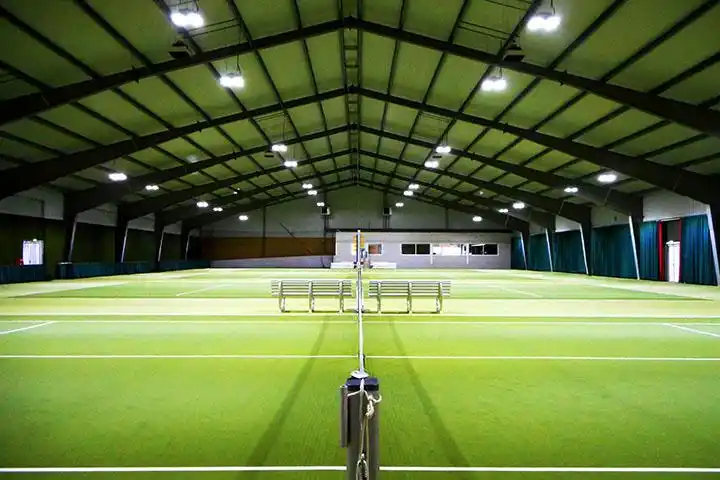
When the power is supplied to the LED sports lighting fixture, the electric current flows through the LED chips. As electrons move through the semiconductor material of the chips, they release energy in the form of photons, which is the light we see. The optical components then shape and direct this light to the desired area. The control unit monitors and adjusts the power supply to the LEDs according to the programmed settings, such as maintaining a specific brightness level or changing the color temperature during different phases of a sports event.
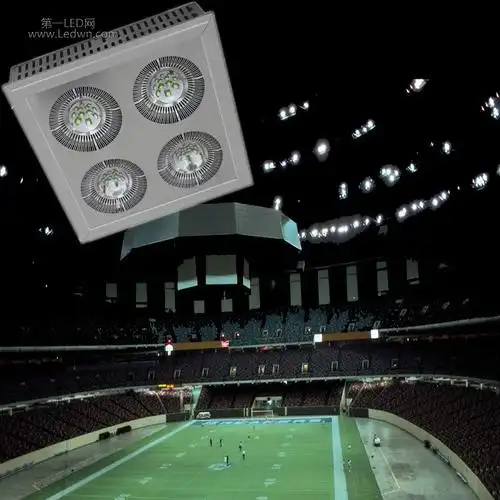
LED sports lighting is highly energy - efficient compared to traditional lighting sources like metal - halide or high - pressure sodium lamps. LEDs can convert a higher percentage of electrical energy into light energy. For example, an LED system might consume 50 - 70% less energy than a comparable metal - halide system to achieve the same level of illumination. This not only reduces the electricity bill for sports facilities but also has a positive environmental impact by reducing carbon emissions.
LED chips have a long lifespan, typically ranging from 30,000 to 50,000 hours or more. This means that sports facilities do not have to replace the lighting fixtures as frequently as with traditional lamps. For a stadium, this can result in significant cost savings in terms of both the cost of replacement bulbs and the labor involved in the replacement process. Additionally, the long - term reliability of LED lighting reduces the risk of unexpected lighting failures during important sports events.
LED sports lighting provides high - quality illumination with excellent color rendering. The color rendering index (CRI) of LED systems can be very high, often above 80. A high CRI means that the lights accurately reproduce the colors of objects, such as athletes' uniforms and the playing surface. This is crucial for both the athletes, who need to clearly distinguish colors during the game, and for media broadcasting, where accurate color representation is essential for a realistic viewing experience. The light output of LED systems is also more consistent, with less flickering and better glare control, which improves the overall visibility and comfort for everyone involved.
LEDs can turn on instantly without the need for a warm - up period like some other lighting technologies. This is a significant advantage in sports settings, where quick lighting changes may be required, such as during a power outage or a sudden change in the event schedule. LEDs also have excellent dimming capabilities, allowing the lighting to be adjusted according to different requirements. For example, during a practice session, the lights can be dimmed to save energy while still providing sufficient illumination for the athletes.
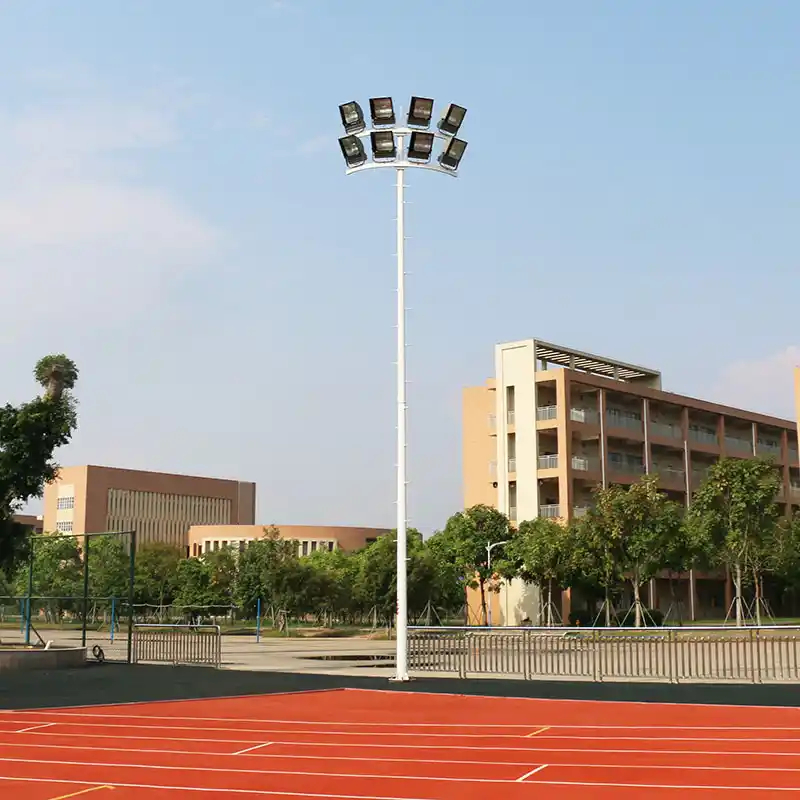
Different sports have specific illumination standards set by sports governing bodies. For example, a professional football field requires an average illuminance of around 1500 - 2000 lux, while a baseball field might need a different level. The lighting design must ensure that these standards are met uniformly across the playing area. Uniformity is measured by the ratio of the minimum to the maximum illuminance. A good uniformity ratio, usually between 0.7 and 0.8, ensures that there are no dark or overly bright spots on the playing surface, which could affect the athletes' performance and the spectators' viewing experience.
Glare and veiling luminance are important considerations in sports lighting design. Glare is caused by bright light sources that are directly visible or cause reflections, which can be distracting or even harmful to the eyes of athletes and spectators. Veiling luminance refers to the additional light that reduces the contrast of objects, such as the ball or players, against the background. The design of the lighting fixtures, including the shape of the lenses and reflectors, and the position of the lights relative to the playing area, should aim to minimize glare and veiling luminance.
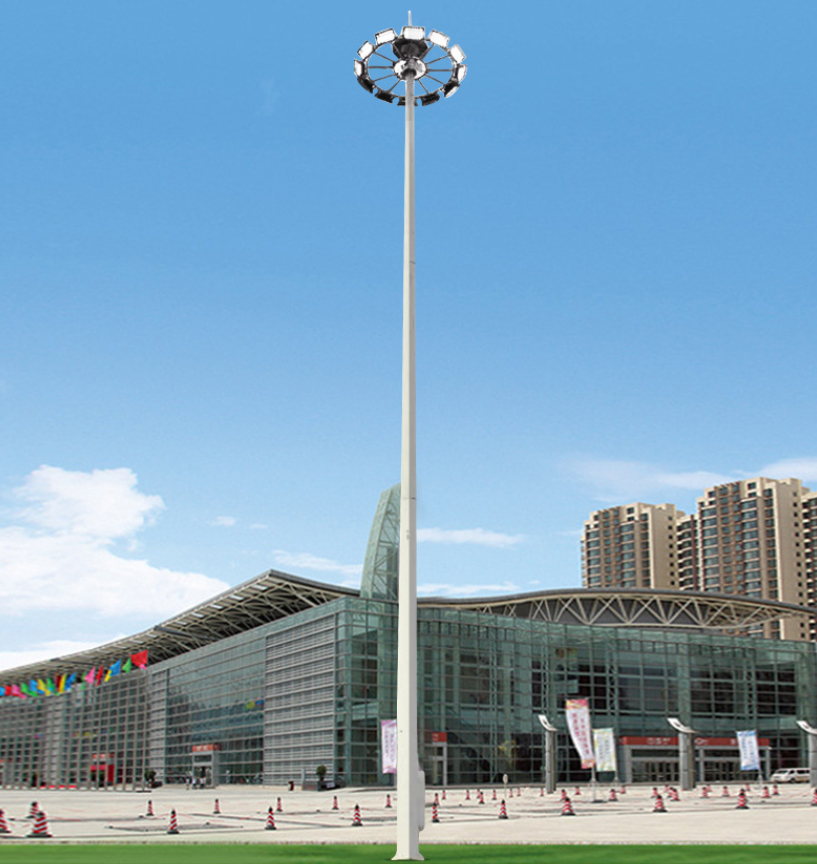
LED sports lighting is widely used in outdoor stadiums and arenas for sports such as football, rugby, and cricket. The high - power and wide - beam capabilities of LED lighting systems are used to illuminate large playing fields. The ability to adjust the color temperature and brightness allows for different lighting effects during games, concerts, or other events held in these venues.
In indoor sports halls for basketball, volleyball, badminton, and other sports, LED sports lighting provides a well - lit and comfortable environment. The precise control of light distribution helps to avoid shadows and glare, ensuring a clear view of the playing area. The long - life and energy - efficient nature of LEDs are also beneficial in indoor settings where maintenance and energy costs are important factors.
For tennis and other racquet sports courts, LED sports lighting is designed to provide even illumination across the court surface and along the ball's trajectory. The high CRI of LEDs helps players to accurately judge the color and position of the ball. The dimming and color - changing capabilities can also be used to create a more pleasant atmosphere for evening or night - time play.

